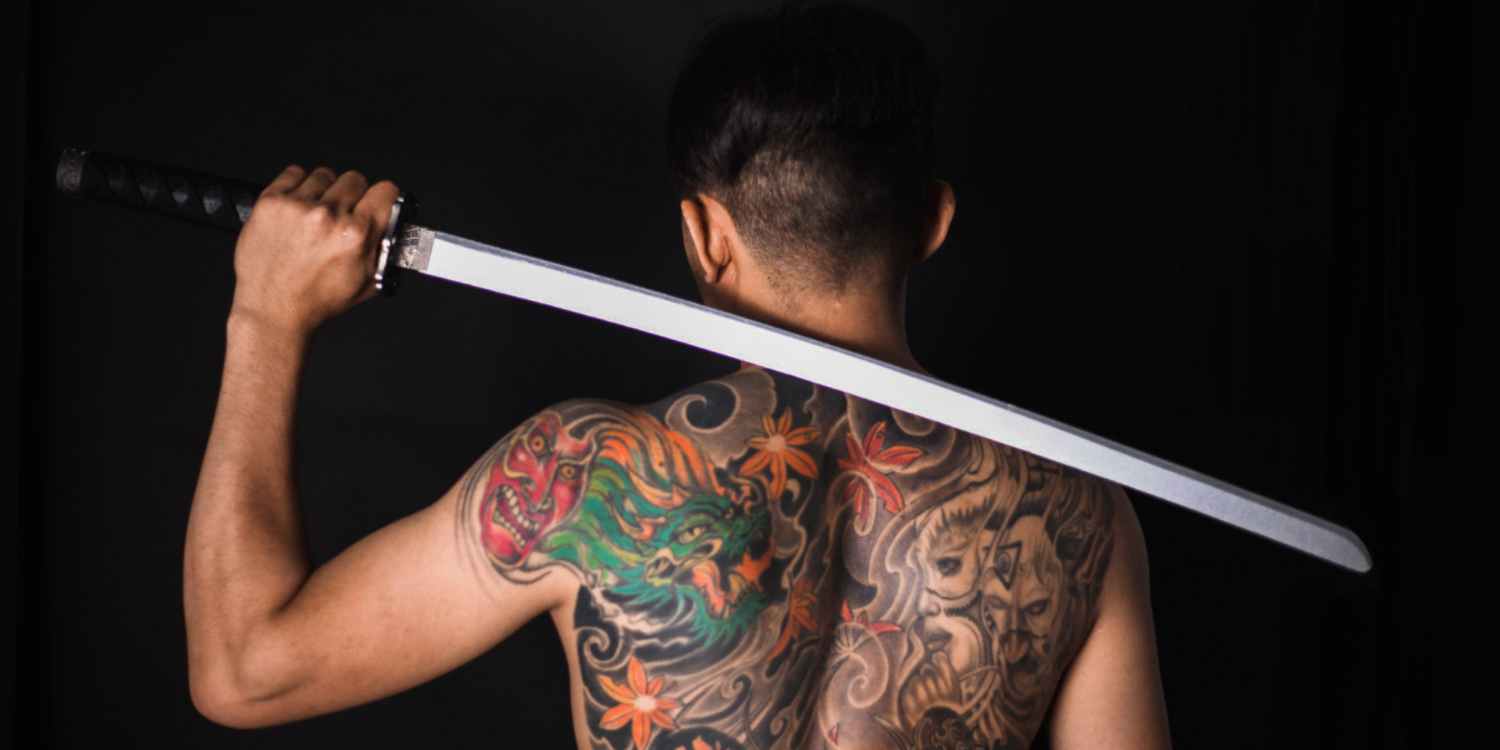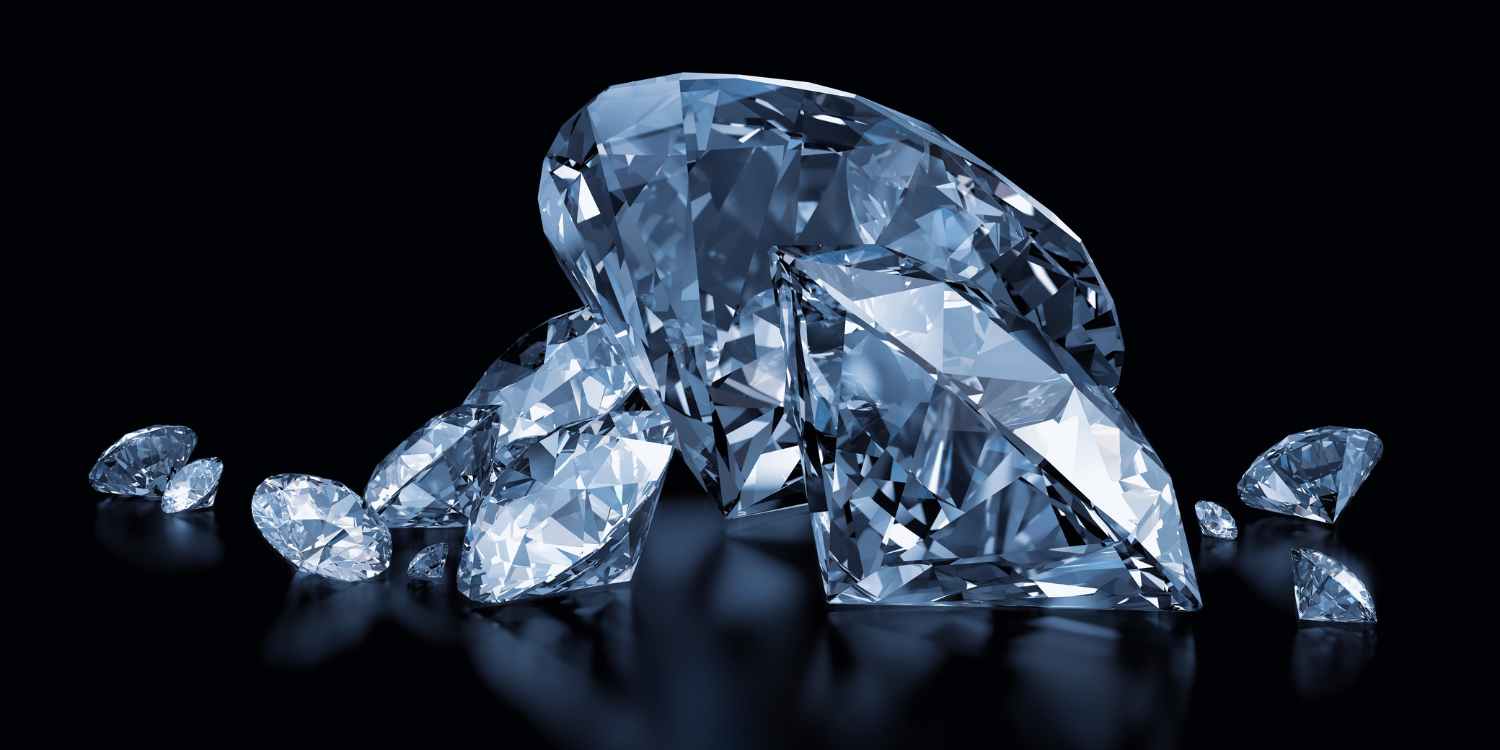Nose piercings, adorned by cultures across centuries, have transcended historical roots to become a globally embraced form of self-expression. These small yet significant adornments hold diverse cultural, aesthetic, and personal meanings. In this blog post, we delve into the world of nose piercings, exploring their various styles, care essentials, and the rich cultural significance they hold.
Historical and Cultural Roots:
The origins of nose piercings trace back thousands of years, with evidence found in ancient civilizations like the Indian subcontinent, the Middle East, Africa, and South America. In different cultures, nose piercings held distinct meanings—ranging from a symbol of social status, marital significance, religious devotion, or even therapeutic purposes. For instance, in India, the tradition of nose piercing, known as “nath,” is deeply ingrained in both cultural and religious contexts, signifying a woman’s marital status or as an auspicious adornment.
Styles of Nose Piercings:
Nostril Piercing: This is the most common style, involving the piercing of either the left or right nostril. It allows for various jewelry options, including studs, rings, hoops, and screws, each offering its unique aesthetic.
Septum Piercing: Placed through the thin strip of skin in the middle of the nose, the septum piercing has gained popularity for its versatility, allowing for an array of jewelry choices, from classic rings to intricate designs.
Bridge Piercing: Positioned on the bridge of the nose between the eyes, this style is distinctive but less common. It typically involves a horizontal barbell or straight bar as jewelry.
High Nostril Piercing: Similar to the standard nostril piercing, this style is placed higher on the nostril, often offering a more subtle or unique look with smaller jewelry options.
Care and Healing:
Proper care is crucial to ensure a smooth and infection-free healing process for nose piercings. Here are some essential tips:
Cleaning:
Clean the pierced area with a saline solution or a non-alcoholic, fragrance-free cleanser.
Avoid using harsh chemicals, alcohol, or hydrogen peroxide, as these can irritate the piercing.
Avoiding Irritants:
Avoid touching the piercing with unwashed hands to prevent the introduction of bacteria.
Steer clear of makeup, perfumes, and hair products that may come in contact with the piercing.
Choosing the Right Jewelry:
Opt for high-quality jewelry made of materials such as surgical steel, titanium, or gold to minimize the risk of allergies or infections.
Avoid changing the jewelry too soon to allow for proper healing.
Appropriate Aftercare:
Follow any specific aftercare instructions provided by the professional piercer.
Be mindful of sleeping positions to avoid putting pressure on the healing piercing.
Healing Time:
Healing times vary depending on the type of nose piercing. Nostril piercings typically take 2-4 months, while septum and nasallang piercings may take longer.
Cultural Significance of Nose Piercings:
Nose piercings hold diverse cultural meanings across the globe:
India: In Indian culture, the nose piercing, particularly the nath, is steeped in tradition and symbolism, signifying a woman’s marital status, social standing, and even regional customs.
Middle East and Africa: Nose piercings in these regions historically denoted wealth, social rank, or as part of cultural rituals and ceremonies. The type of jewelry and its design often reflected community identity.
Western and Contemporary Culture: Nose piercings have become mainstream in Western culture, often representing individuality, fashion statements, or as a form of rebellion, challenging societal norms and expectations.
Empowerment and Self-Expression:
For many individuals, nose piercings serve as a powerful form of self-expression and empowerment. The choice to adorn one’s nose holds personal significance, allowing individuals to embrace their identity, assert their autonomy, and showcase their unique style.
Navigating Social Perceptions:
Despite increasing acceptance, societal perceptions regarding nose piercings can vary. Some cultures or professions may still hold conservative views or policies regarding body modifications. However, as personal expression gains wider recognition, the stigma around nose piercings is gradually diminishing.
Fashion and Self-Expression:
Nose piercings have become a prominent feature in the world of fashion and self-expression. Here’s how nose piercings contribute to individual style:
Versatility:
Nose piercings offer a range of styles, from subtle studs for a classic look to more daring choices like septum rings or bridge piercings.
Individuals can experiment with different jewelry options to match their mood or outfit.
Expression of Individuality:
Nose piercings provide a unique canvas for self-expression, allowing individuals to showcase their personality and individuality.
The choice of jewelry and the placement of the piercing contribute to a distinctive and personalized look.
Breaking Stereotypes:
In Western societies, nose piercings have played a role in breaking stereotypes associated with body modifications.
They challenge conventional norms and contribute to a broader acceptance of diverse forms of self-expression.
Conclusion:
Nose piercings, with their rich historical roots and contemporary appeal, stand as a testament to the enduring significance of body adornment in human culture. From ancient traditions to modern fashion statements, these small adornments hold multifaceted meanings—reflecting cultural heritage, personal identity, and individual expressions of beauty. As societal perceptions evolve, nose piercings continue to empower individuals, allowing them to celebrate their uniqueness and carry forward a tradition that has stood the test of time.
Visit our Toronto or Montreal locations for any tattoo or piercing needs.













